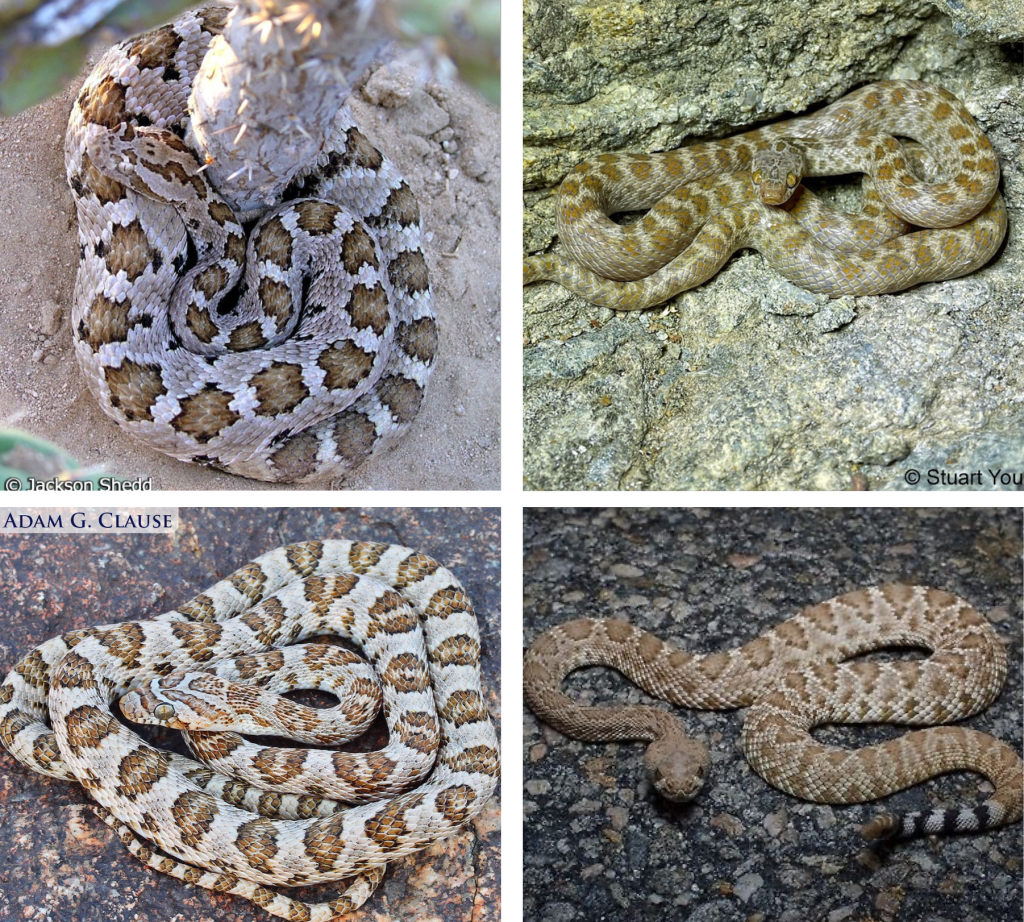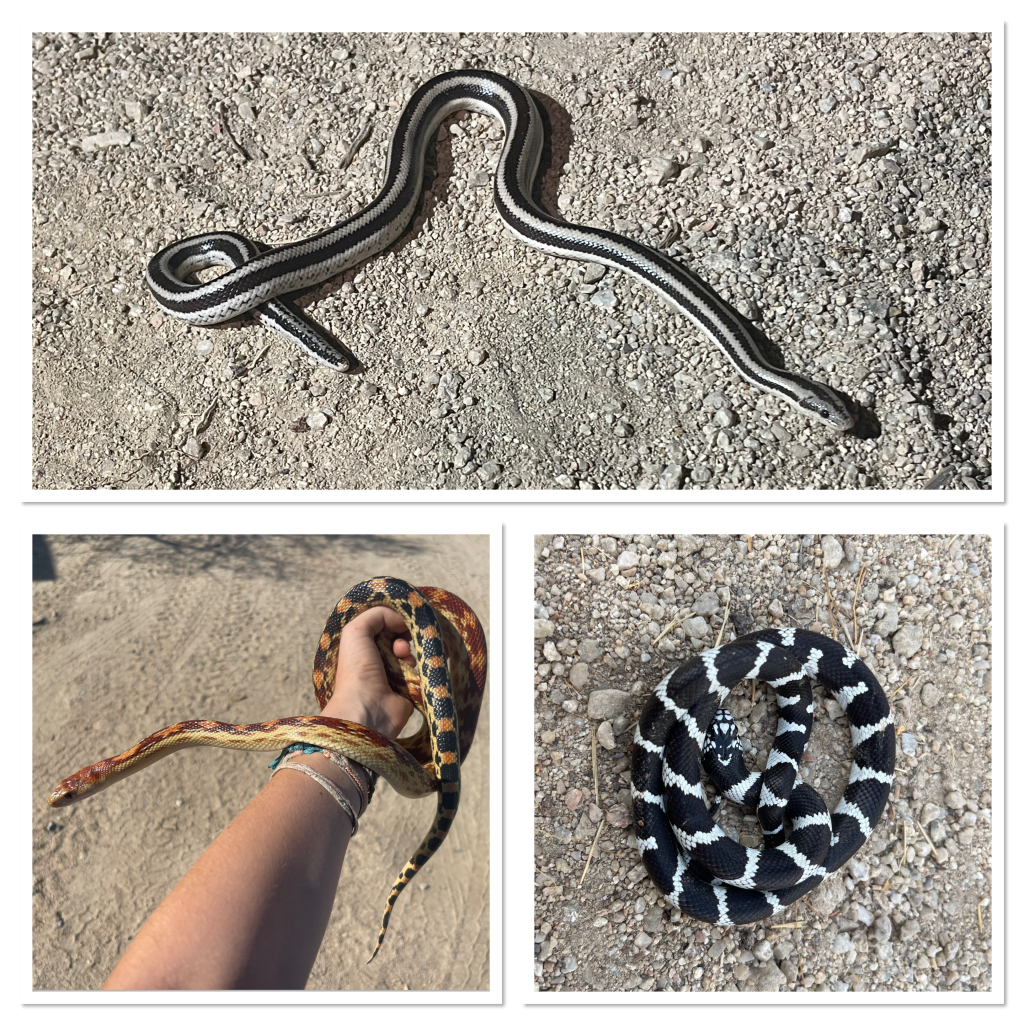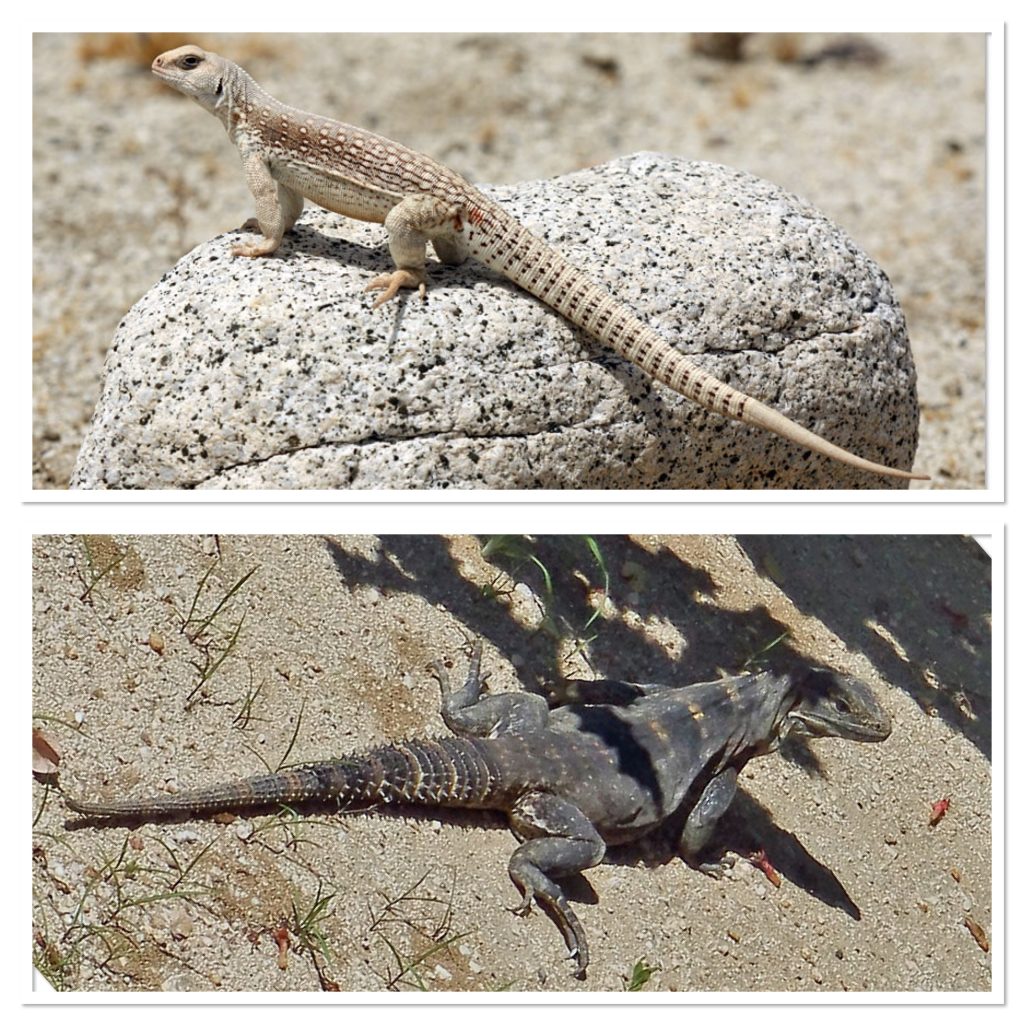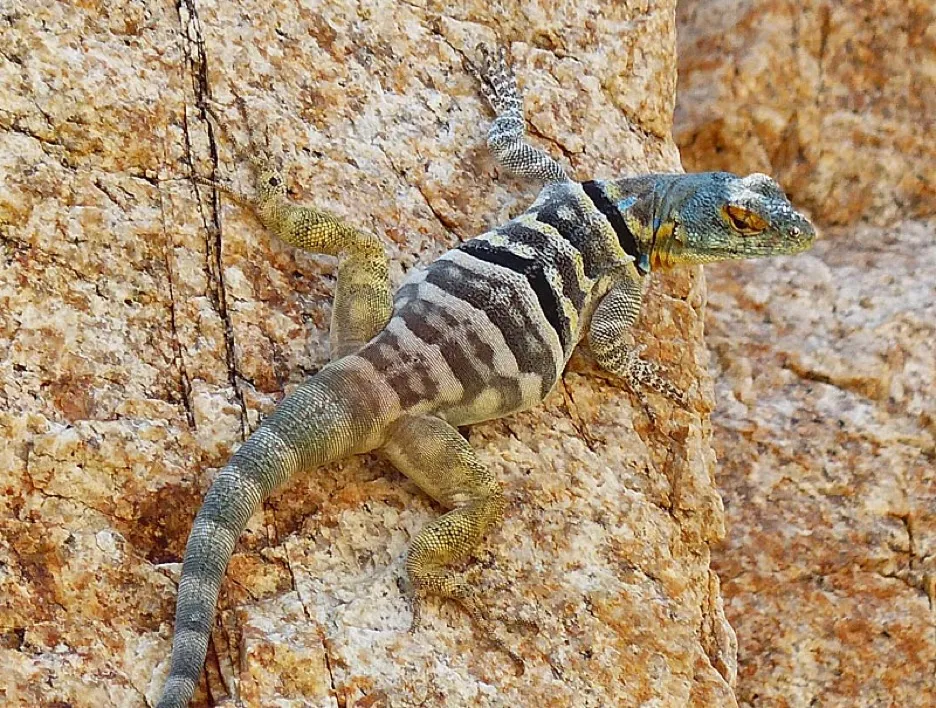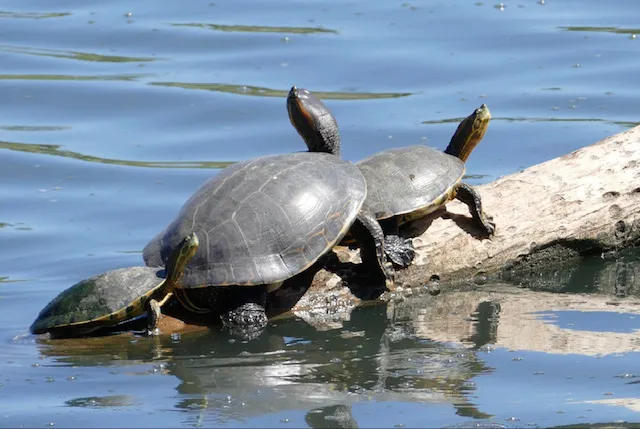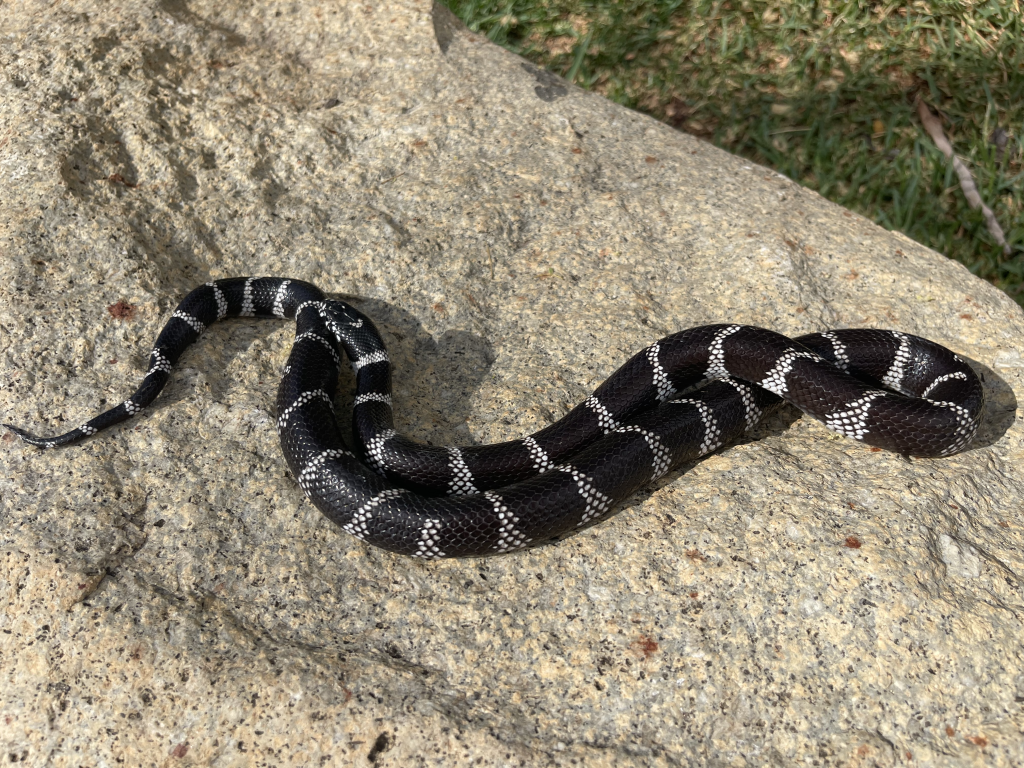
Kingsnakes are beautiful snakes. They are not easy to find in Baja but, when discovered, these striking snakes can have quite an effect. In Southern Baja, we have one species: the California Kingsnake (Lampropeltis californiae). This species has quite a large range, inhabiting many different habitats from Cabo to Oregon. Often they will be black with white bands but they can also be black with white stripes down their bodies.
Kingsnakes are loved by many people— even by those who dislike snakes — and it’s not because of their personality. Charming though they may be, Kingsnakes are famous rattlesnake eaters. Yet Kingsnakes also eat other snakes, rodents, lizards, amphibians and birds; they are true generalists, willing to eat whatever comes their way.
Because of their beautiful colors and hardy nature, Kingsnakes are often kept as pets. This is a bit of a problem because they are frequently taken out of the wild for the pet trade.
Kingsnakes are very secretive. It can be difficult to find them, even in places where they are common, unless you can find a window into their favorite habitat: the subterranean world. By flipping things over (like rocks, wood boards and especially sheet metal), Kingsnakes and many other snakes can be discovered. If you do this, however, make sure to carefully put their roof back just the way you found it to preserve their habitat.
Some people mistakenly believe Kingsnakes to be venomous, but they are not. Instead, they are very powerful constrictors for their size. In some places, Kingsnakes mimic venomous coral snakes, looking almost identical, but there are no coral snakes in Baja except for a small area near the California border. So don’t worry about any colorful little snakes in La Ventana because they are all harmless.
